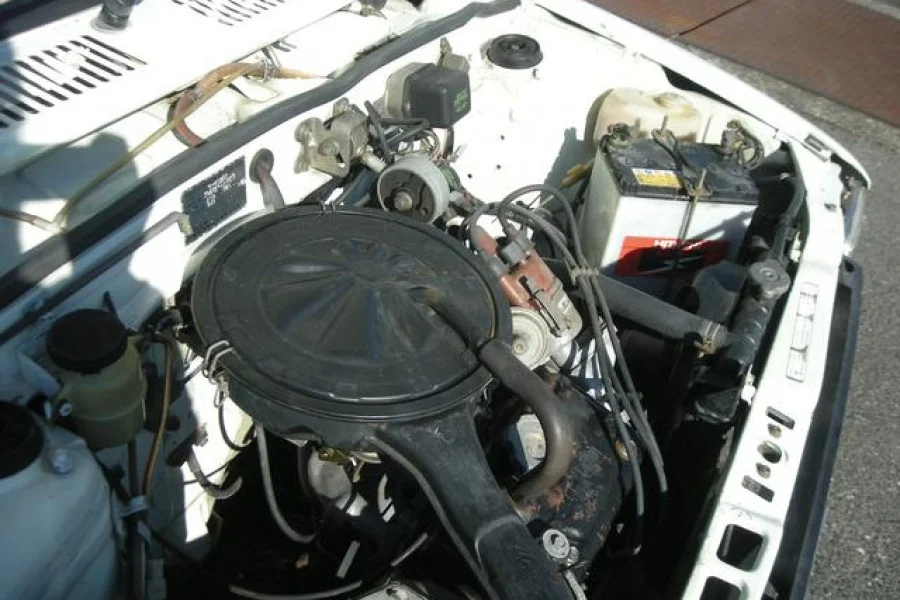Unraveling the Power Behind Honda Acty Spark Plugs
When it comes to keeping your Honda Acty running smoothly, there’s one tiny yet mighty component that plays a crucial role in its performance: the spark plug. Often overlooked, these small wonders are the unsung heroes of your vehicle’s ignition system, igniting the air-fuel mixture to kickstart the combustion process. Let’s delve deeper into the workings of Honda Acty spark plugs and uncover their five major importances.
Igniting the Spark: How Honda Acty Spark Plugs Work
At the heart of every combustion engine lies the spark plug, a small but mighty device tasked with initiating the combustion process. In a Honda Acty, this process begins when the piston compresses the air-fuel mixture within the cylinder. As the piston reaches the top of its stroke, the spark plug delivers a precisely-timed electric spark, igniting the compressed mixture and generating the power needed to propel the vehicle forward. This seamless orchestration happens thousands of times per minute, ensuring smooth engine operation and optimal performance.
The Importance Honda Acty Spark Plugs
Below is a more detailed guide focusing on the functionings of Honda Acyt spark plugs and why they are very important in any vehicle.
Enhanced Fuel Efficiency
A key importance of maintaining healthy spark plugs in your Honda Acty is improved fuel efficiency. When spark plugs are worn or dirty, they can misfire or fail to ignite the air-fuel mixture efficiently, leading to incomplete combustion. This inefficiency not only robs your vehicle of power but also causes it to guzzle more fuel to compensate. By replacing worn spark plugs regularly, you can ensure that your Acty’s engine operates at peak efficiency, translating to savings at the pump.
Smooth Engine Performance
Nothing disrupts the driving experience quite like a rough-running engine. Faulty spark plugs can cause misfires, rough idling, and hesitation during acceleration, all of which detract from the smoothness of your Honda Acty’s performance. By maintaining properly functioning spark plugs, you can enjoy a smoother ride with consistent power delivery and responsive throttle response, making every journey a pleasure.
Reliable Starting
We’ve all experienced the frustration of a vehicle that refuses to start, especially on cold mornings. Faulty spark plugs can exacerbate this issue, making it difficult for the engine to fire up promptly. By ensuring your Honda Acty’s spark plugs are in good condition, you can minimize the risk of starting problems, ensuring reliable performance even in challenging conditions.
Engine Longevity
Properly functioning spark plugs play a vital role in preserving the overall health and longevity of your Honda Acty’s engine. When spark plugs misfire or fail to ignite the air-fuel mixture efficiently, it can lead to increased stress on other engine components, such as the pistons, valves, and catalytic converter. Over time, this added strain can contribute to premature wear and potential damage. By investing in regular spark plug maintenance, you can safeguard your Acty’s engine and enjoy years of trouble-free driving.
Emissions Control
In today’s environmentally conscious world, reducing vehicle emissions is more important than ever. Faulty spark plugs can contribute to increased tailpipe emissions, including harmful pollutants such as carbon monoxide (CO), hydrocarbons (HC), and nitrogen oxides (NOx). By ensuring your Honda Acty’s spark plugs are in optimal condition, you can help minimize its environmental footprint, reducing air pollution and greenhouse gas emissions.
Common Honda Acty Spark Plug Issues & Troubleshooting
Here are some of the well known issues of Honda Acty spark plugs and how to fix them.

Fouling: One common spark plug issue is fouling, which occurs when deposits build up on the spark plug’s electrodes, hindering its ability to generate a spark. This buildup can be caused by factors such as oil leakage into the combustion chamber, rich fuel mixtures, or frequent short trips that don’t allow the engine to reach optimal operating temperature. To fix fouled spark plugs, first, identify and address the root cause, such as repairing any oil leaks or adjusting the fuel mixture. Then, remove the spark plugs and clean them using a wire brush or specialized cleaner to remove the deposits. In severe cases, replacement may be necessary.
Carbon Deposits: Carbon deposits can accumulate on the spark plug electrodes over time, particularly in engines that burn oil or run on lower-quality fuel. These deposits can interfere with the spark plug’s ability to produce a consistent spark, leading to rough idling, misfires, and reduced performance. To address carbon deposits, remove the spark plugs and inspect them for buildup. Cleaning the spark plugs with a wire brush or a specialized cleaner can often restore their performance. Additionally, using higher-quality fuel and addressing any underlying engine issues can help prevent further carbon buildup.
Wear and Tear: Like any component, spark plugs can wear out over time, especially in high-mileage vehicles or those subjected to harsh operating conditions. Signs of worn Honda Acty spark plugs include decreased fuel efficiency, rough idling, and difficulty starting the engine. To fix worn spark plugs, simply replace them with new ones according to the manufacturer’s recommendations. Be sure to use spark plugs with the correct heat range and electrode gap for your vehicle to ensure optimal performance.
Incorrect Gap: The electrode gap, or the distance between the center electrode and the ground electrode, plays a critical role in the spark plug’s ability to generate a spark. If the gap is too wide or too narrow, it can cause weak or inconsistent sparks, leading to engine misfires and performance issues. To fix incorrect gap issues, use a gap tool to measure and adjust the gap to the manufacturer’s specifications. Be careful not to bend the electrodes during adjustment, as this can affect the spark plug’s performance.
Overheating: In some cases, spark plugs can overheat due to factors such as a lean fuel mixture, advanced ignition timing, or insufficient cooling. Overheating can cause the spark plug’s electrodes to erode prematurely, leading to misfires and reduced performance. To address overheating issues, first, identify and address the underlying cause, such as adjusting the fuel mixture or ignition timing. Additionally, using spark plugs with a lower heat range can help dissipate heat more effectively, reducing the risk of overheating.
Conclusion
While often overlooked, Honda Acty spark plugs play a crucial role in the performance, efficiency, and longevity of your mini truck. By understanding how they work and the importance of proper maintenance, you can ensure that your vehicle remains reliable, efficient, and environmentally friendly for years to come. So, the next time you’re under the hood, don’t forget to give your spark plugs the attention they deserve—they might be small, but their impact is mighty.


